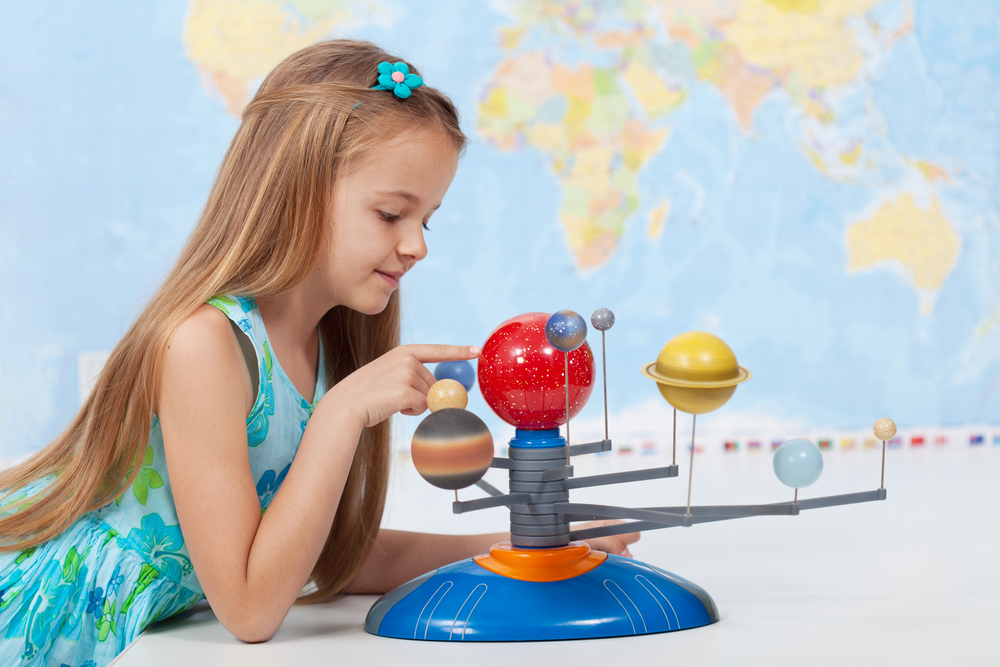Understanding seasons Science Worksheets for Ages 4-9
5 filtered results
-
From - To
Explore the wonders of nature with our "Understanding Seasons" Science Worksheets designed for children ages 4-9! These engaging, age-appropriate worksheets help young learners discover the changes in seasons, from spring blooms to winter chills. With fun activities, illustrations, and clear explanations, kids will grasp concepts such as temperature changes, seasonal clothing, and plant life cycles. Our resources encourage critical thinking and foster a love for science in a fun and interactive way. Perfect for classroom or home use, these worksheets make learning about the seasons an exciting adventure for young minds. Get started today and watch curiosity blossom!
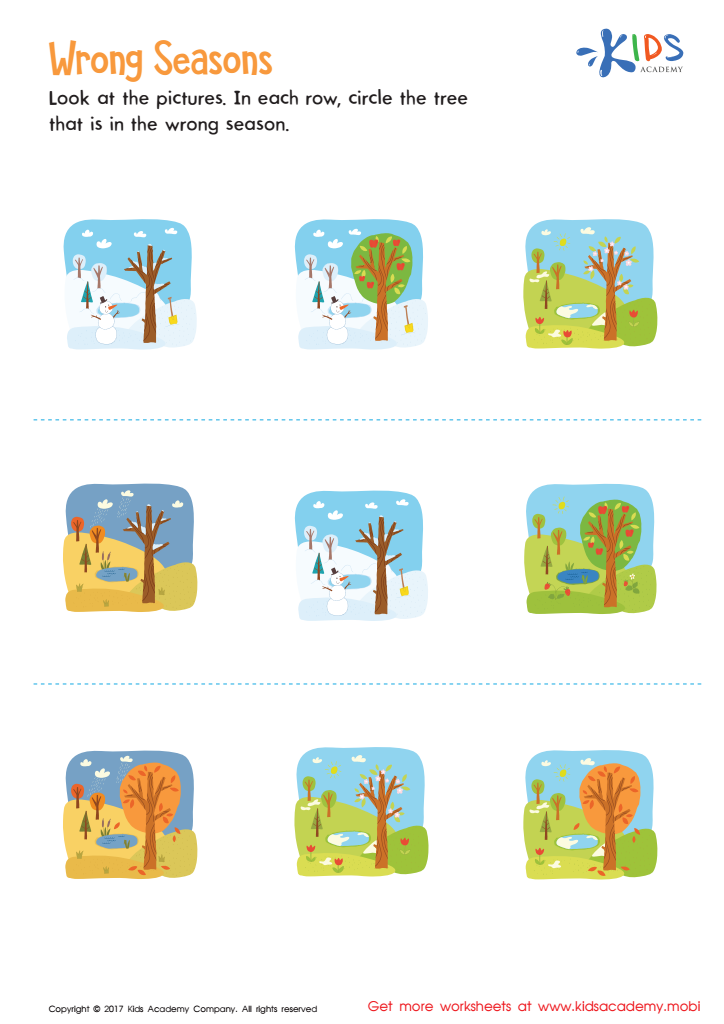

Wrong Seasons Worksheet
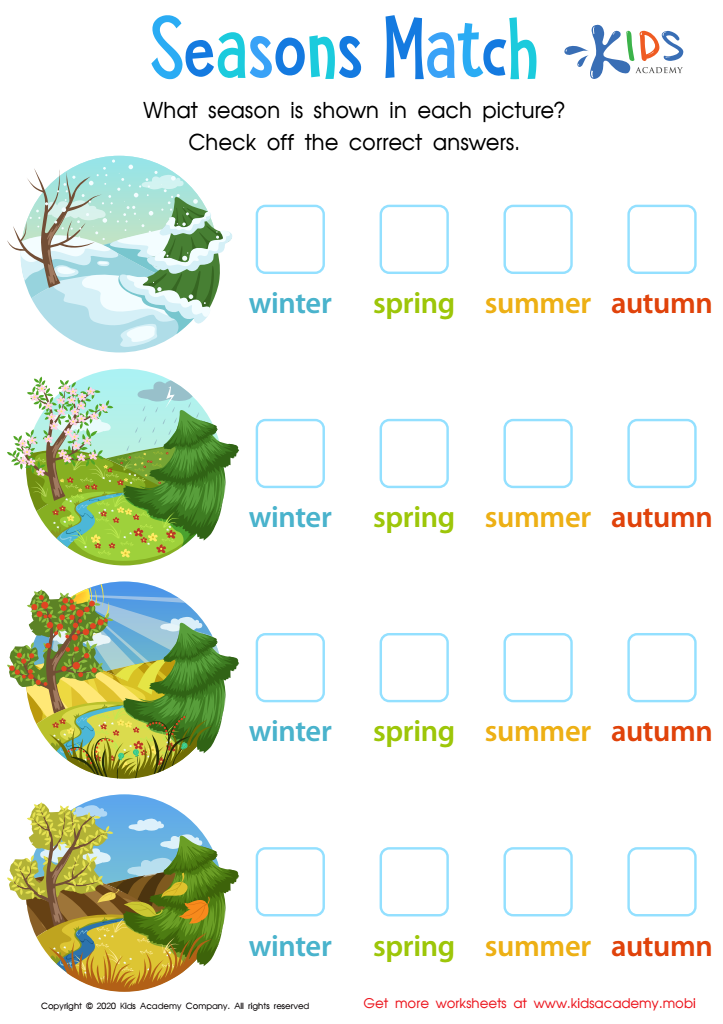

Seasons Match Worksheet
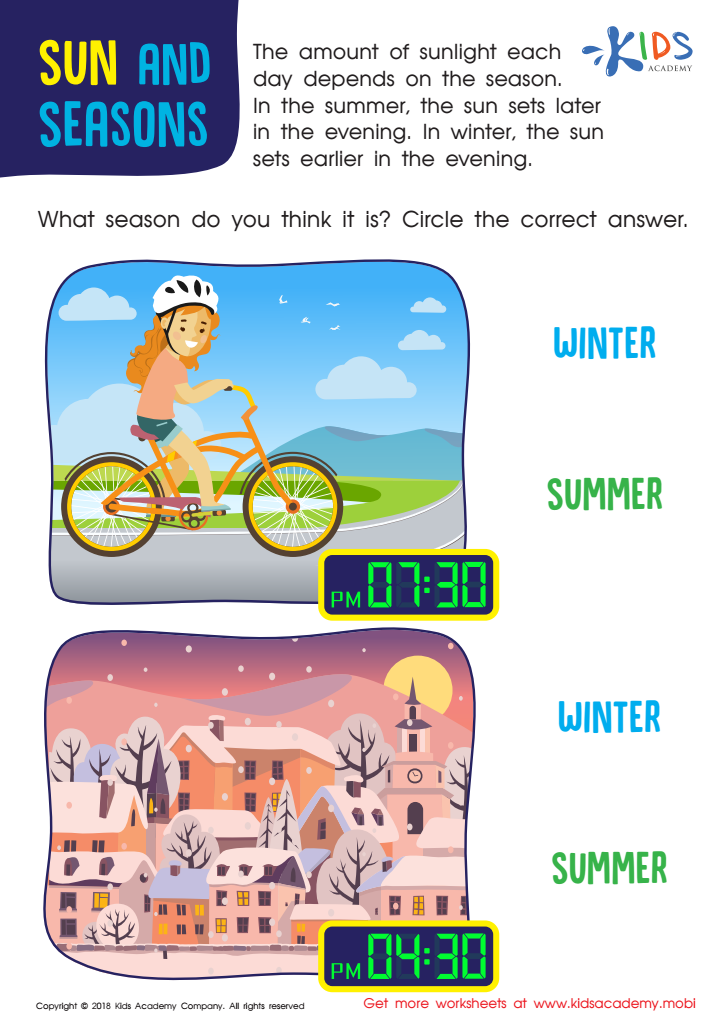

Sun and Seasons Worksheet
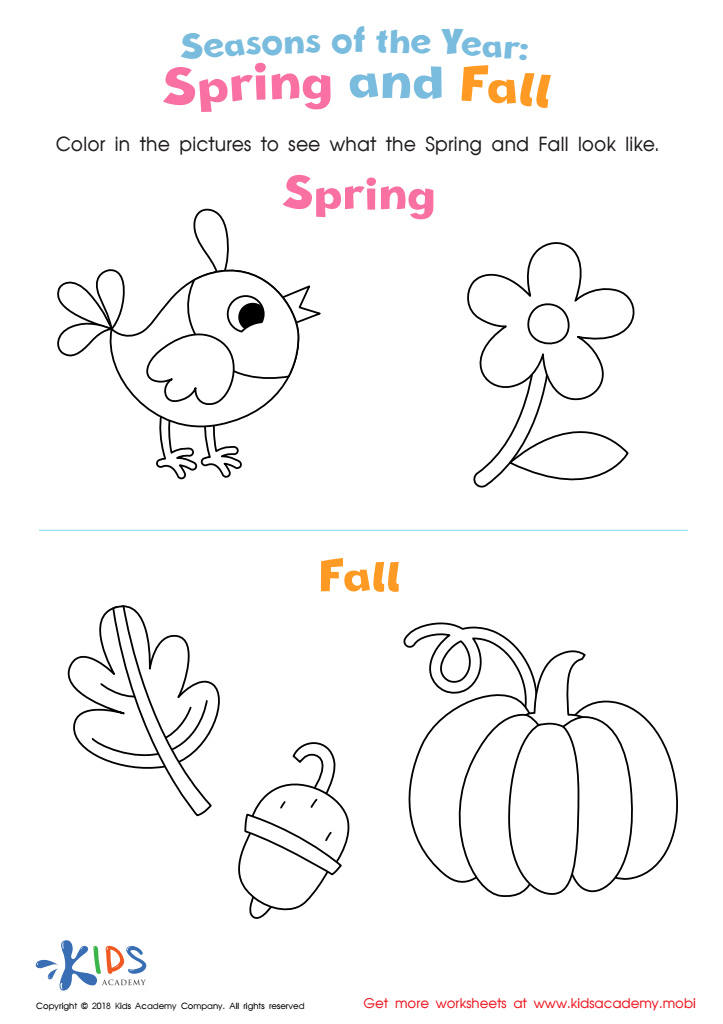

Spring and Fall Worksheet
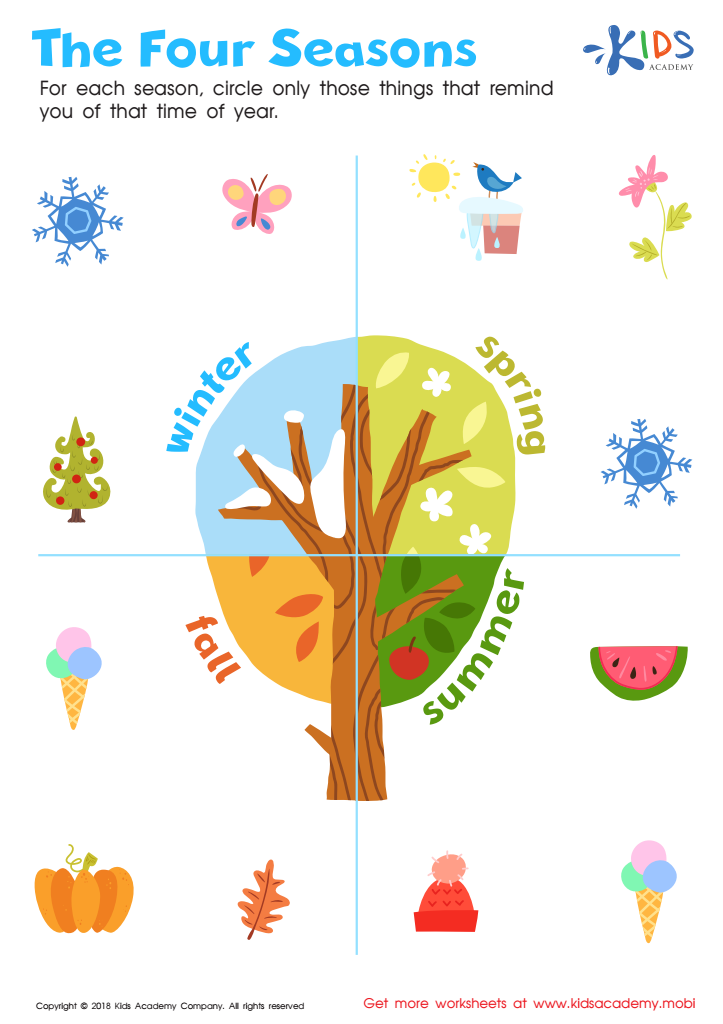

The Four Seasons Worksheet
Understanding seasons is crucial for children aged 4-9, as it lays the groundwork for their scientific literacy and appreciation of the natural world. Firstly, knowledge of seasons fosters observational skills. Children learn to notice changes in weather, plant life, and animal behavior, encouraging critical thinking and inquiry. These observational skills form the basis of scientific exploration as they ask questions and seek explanations about their environment.
Secondly, learning about seasons integrates various subjects, including math, art, and social studies. For instance, children can explore shapes and patterns in nature, create seasonal artwork, or learn about seasonal celebrations worldwide. This interdisciplinary approach keeps learning engaging and relatable.
Moreover, understanding seasons encourages an emotional connection to nature, teaching children about growth, change, and the cycles of life. This can foster responsibility and stewardship for their environment as they grow.
Additionally, seasons impact health and activity levels, so knowledge about them can guide children in making informed choices, from outdoor activities to nutrition—like seasonal fruits and vegetables.
For teachers and parents, helping children grasp these concepts provides them with essential tools for lifelong learning, curiosity, and a deeper understanding of their world.
 Assign to My Students
Assign to My Students






